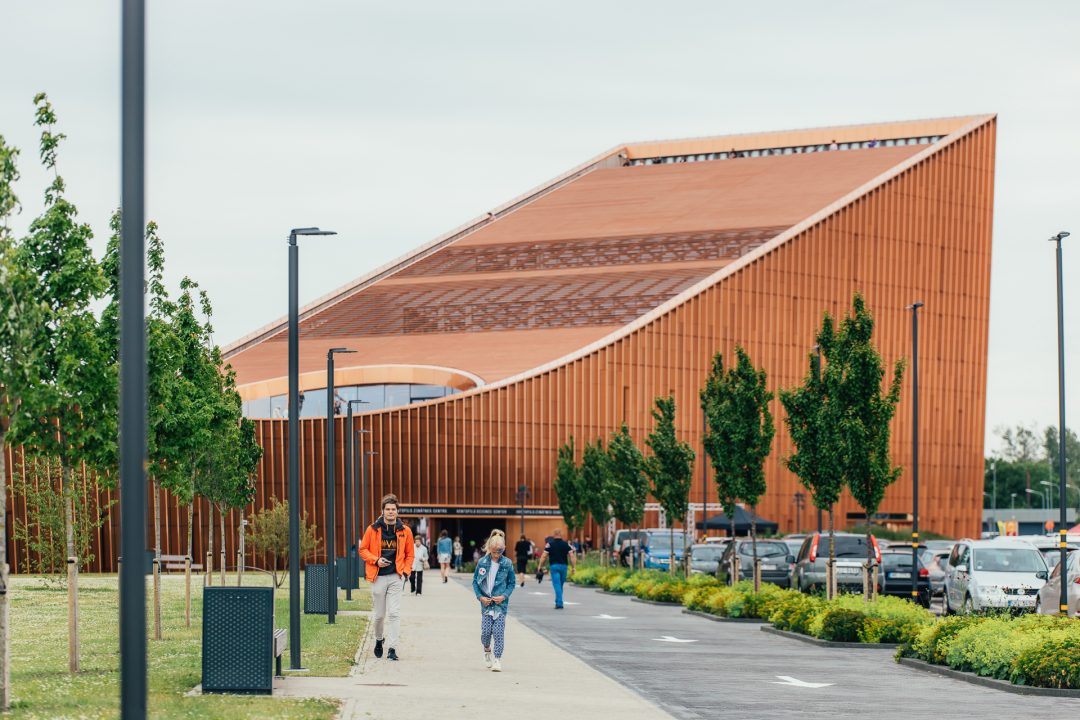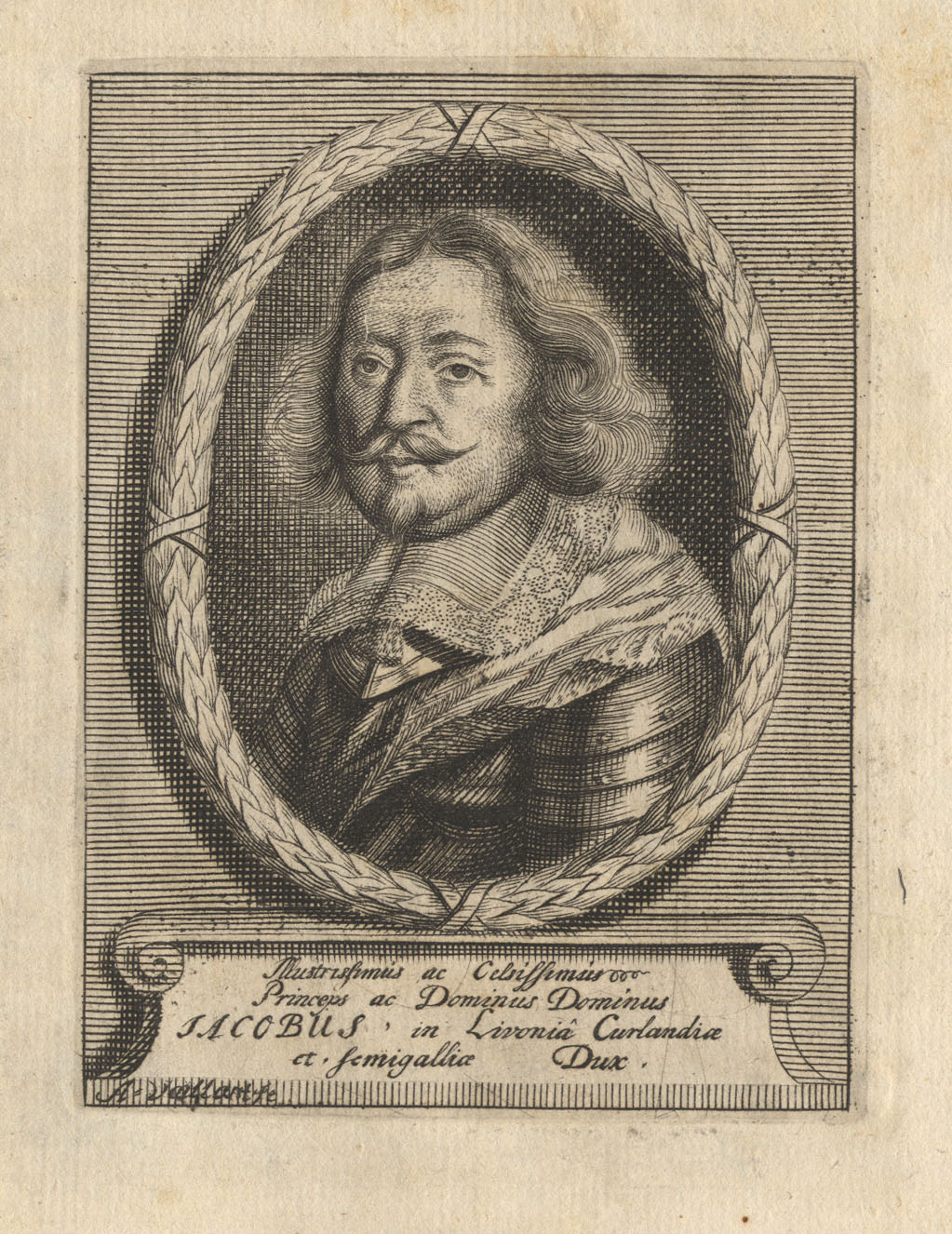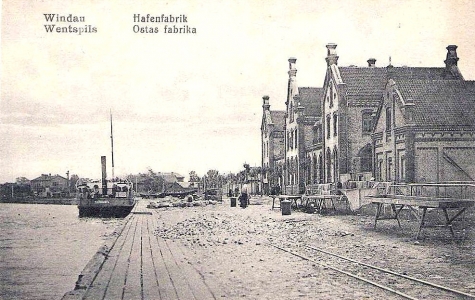
Ventspils is one of the oldest Latvian cities. Its beginnings date back to the time as the Castle of the Livonian Order was built, which was first mentioned in historical documents in 1290.
The seal and coat of arms of the city were known since 1369, while the town privileges are indirectly mentioned in a document of 1378. During the reign of the Livonian Order, Ventspils was a well-known port city. Furthermore, it became a member of the Hanseatic League – confederation of market towns of Northern Germany.
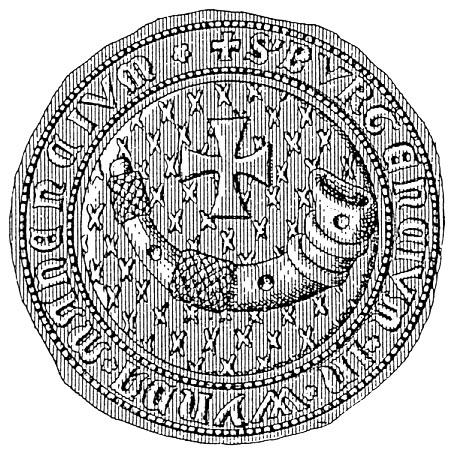
Seal of Ventspils containing the main elements of the coat of arms, as approved later, 14th century
Ventspils experienced its first economic boom during the reign of Duke Jacob (1642–1682), as the city was known not only as the main port of the Duchy, but also as the largest shipyard in the immediate proximity of the port. Several dozen commercial and warships were built during this time. From Ventspils, the ships of the Duke travelled to the colonies of the Duchy – Gambia and the island of Tobago.
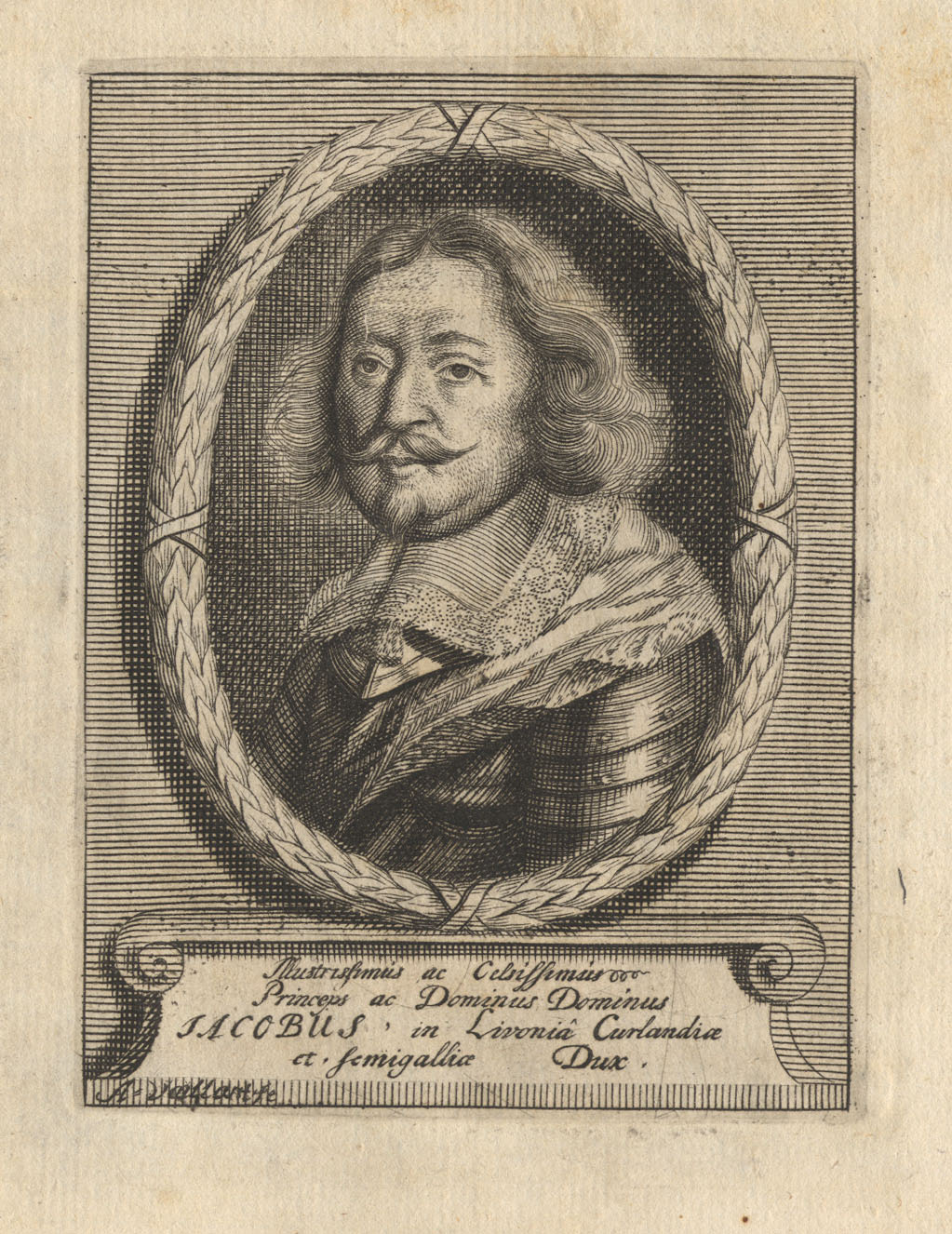
Duke Jacob Kettler (1610–1682)
After an attack by Swedish troops during the Polish–Swedish War in 1659, large part of the city, including the castle, was destroyed by fire. In 1710, the plague epidemic that swept over Europe during the Great Northern War killed most of the city’s residents. The city had dwindled in misery for a while. In 1795, the Duchy became part of the Russian Empire. In the middle of the 19th century, the port resumed its operation, and a new shipyard started operating.
1795. gadā hercogisti iekļauj Krievijas impērijas sastāvā.
19th century in the middle, the port activity starts to revive, a new shipyard starts work. A maritime school has been operating in Ventspils since 1870.
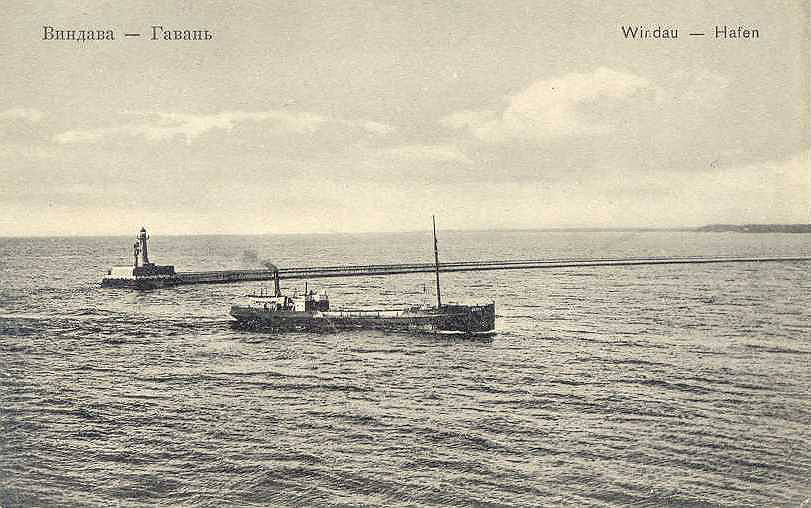
Northern pier of Ventspils Port in the early 20th century
In the late 19th century, Russia decided to build a modern port in Ventspils alongside the railway line Moscow-Ventspils-Rybinsk. Soon enough, Ventspils turned from a regional port into an important transit port for Russian agricultural products. At that time, the main port operations were transferred from the left bank of Venta River to its right bank. The entire city experienced rapid growth in general, with the population increasing from 7000 in 1897 to nearly 29.000 in 1913.
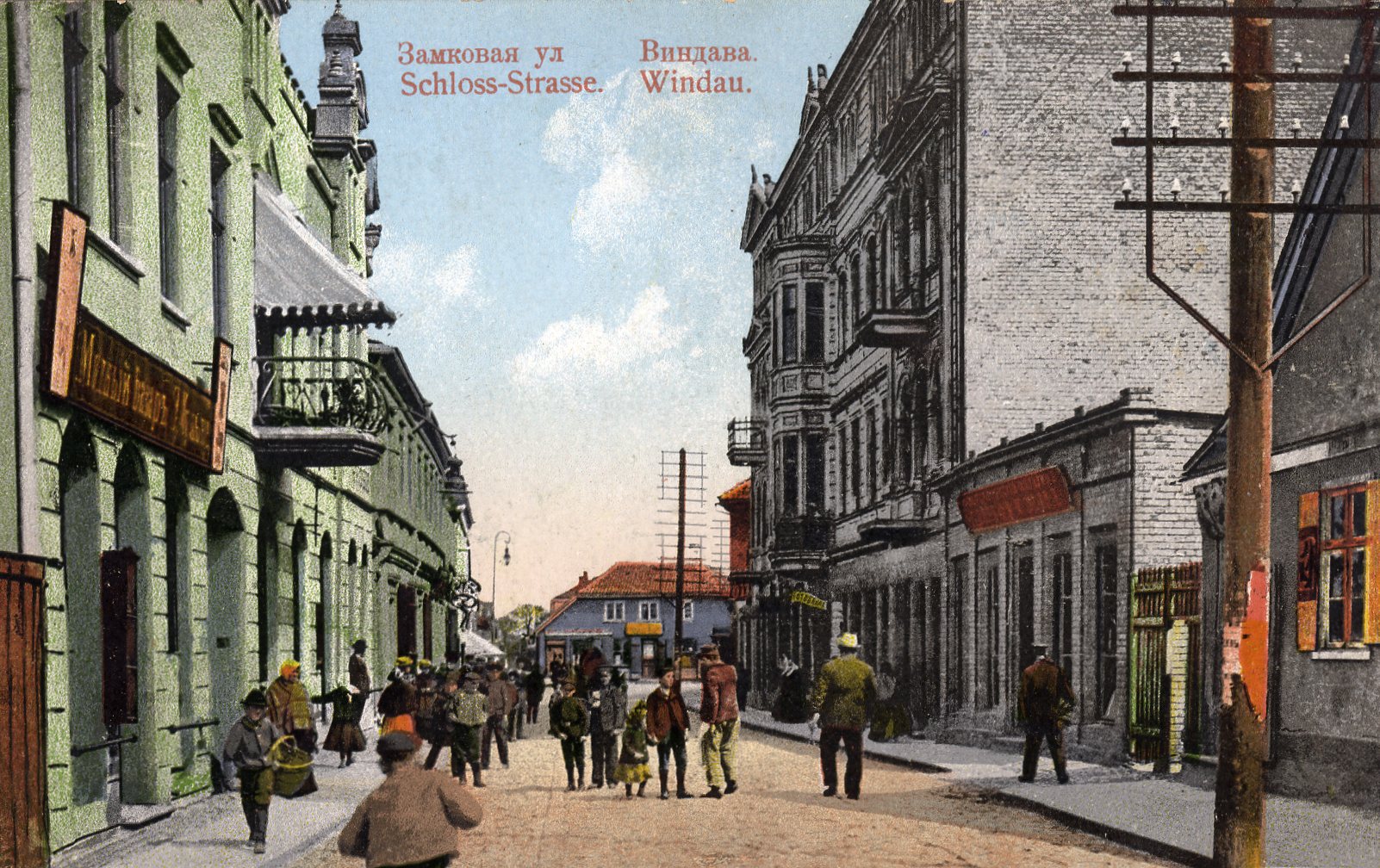
Street ‘Pils iela’ in Ventspils in the early 20th century
The boom of the city was interrupted by the World War I. Due to the war, the population had dwindled several times. In 1920, the city had slightly more than 8000 residents. During the period of independence of Latvia (1918–1940), Ventspils Port did not manage to reach the pre-war freight turnover.
1914. Upon the outbreak of the World War I in the summer of 1914, several merchant ships were sunk at the seagate of Ventspils Port.
Monument to the Imperial German Army in Ventspils, which existed from 1915 to 1919. .
1939. gadā Ventspilī sāk būvēt bāzes Sarkanās armijas vajadzībām. Tās daļas ienāk Ventspilī saskaņā ar 1939. gada Latvijas – PSRS līgumu. 1940. g. Latvijas okupācija un aneksija PSRS sastāvā ventspilniekus skar tāpat kā pārējos Latvijas iedzīvotājus. 1940. In 1939, several military bases were built for the Red Army in Ventspils. 2. Its troops marched in Ventspils in accordance with the Soviet–Latvian Mutual Assistance Treaty of 1939. The residents of Ventspils, just like the remaining population of Latvia, were affected by the occupation of Latvia in 1940 and its annexation into the Soviet Union. In 1940, the largest industrial and commercial enterprises, as well as residential buildings were nationalized. The World War II, repressions, and emigration have contributed to the changes in the composition and number of population. However, after the World War II, Ventspils continued developing as an international transit port. The 1960’s and 1970’s were crucial for Ventspils, as during this time it became the largest port of the USSR for oil and oil product exports.
Street ‘K. Marksa iela’ in Ventspils in the early 1960’s
Since the restoration of the independence of the Republic of Latvia (1991), Ventspils underwent significant political and economic changes. Furthermore, Ventspils City, including its port, experienced a rapid growth. During this time, Ventspils gradually gained importance among other Latvian cities. Its urban environment changed rapidly, and Ventspils became not only a developed transit trade centre, but also a popular travel destination, capturing the attention of travellers with historical and architectural sites, sports facilities, various attractions, and a clean beach. Successful attraction of foreign investments allowed to establish new companies.
Many of the historical objects of the city, including the residential buildings, have been restored and are now open to visitors.

